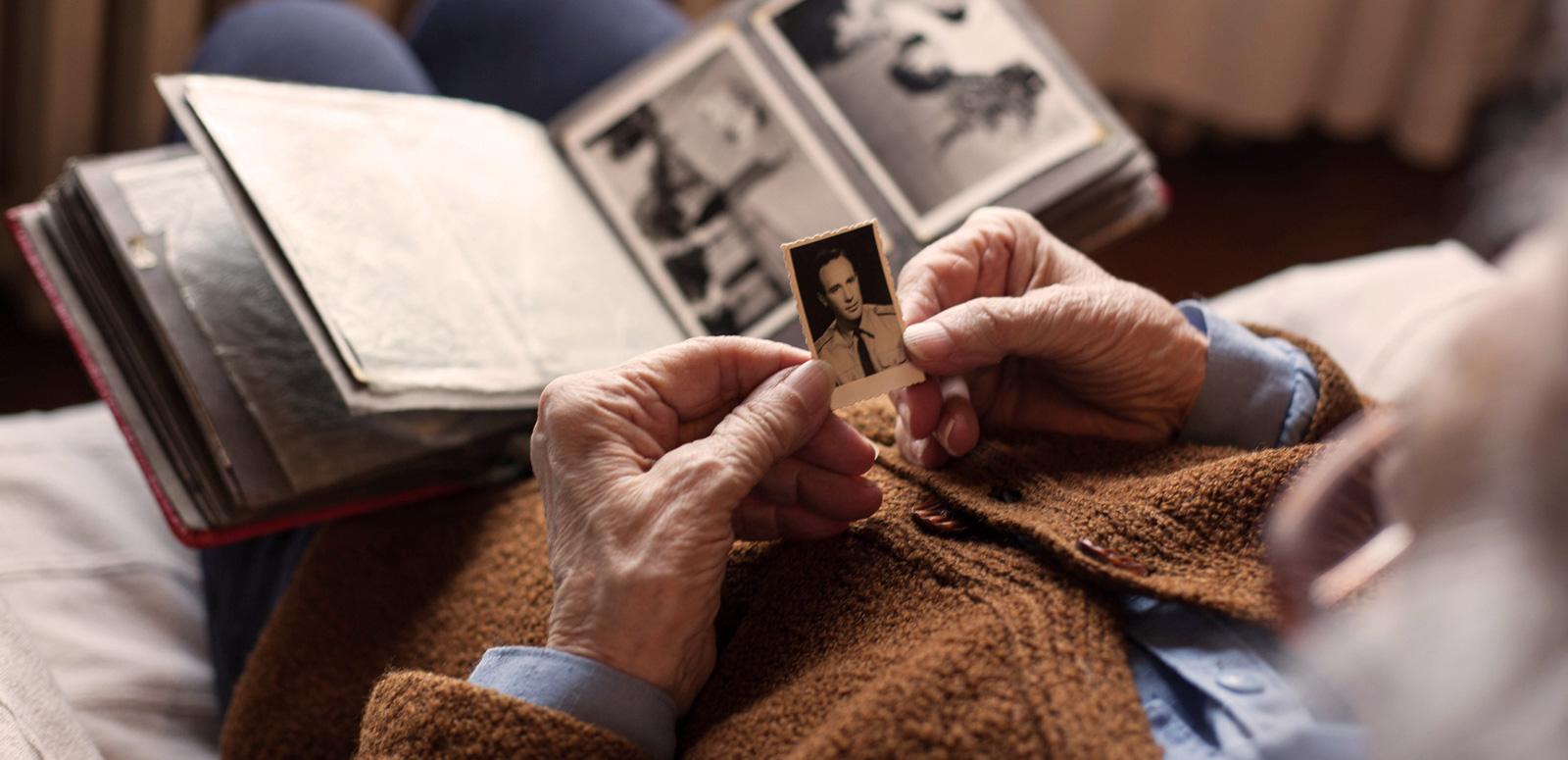

Caring for photographs
Caring for photographs
Introduction
As technology progresses many people are digitising their photographic collections. In undertaking this process it is important to take care of your original materials for access in the future. The following guidelines are some simple steps that you can undertake to protect your photographic collection for the long-term.
Storage
Before discussing storage it is important to keep in mind that most photographic material is made up of several layers. The most important being:
Support layer (base): In the case of prints this is either fibre based photographic paper or resin coated paper (B&W and colour prints post 1970). For negative and transparencies this will be either cellulose nitrate (1890-1950) cellulose acetate (c.1925 to present) or polyester (1960 onwards).
Image layer (emulsion): Generally this is composed of a gelatin emulsion containing image forming materials. The most common image forming materials are silver in the case of black and white material and chromogenic dyes for colour material.
Each of these layers has its own particular deterioration characteristics and, in some cases, have different storage requirements. When looking at storage you need to consider both environment and enclosures.
Environment
Photographic material is susceptible to deterioration by elevated levels of temperature, moisture, air borne pollutants (dust, peroxides, acids) ultraviolet light and manual handling.
For long term storage, archival institutions generally aim for temperatures between 8-12°C for black and white material and below 5°C for colour material. They also try and maintain a stable relative humidity moisture range between 30-40 per cent. The basic principle to keep in mind is to achieve a cool, dry and stable environment.
If storing at home a clean, cool, dry and dark environment is best, such as an internal cupboard in a bedroom. The following areas should be avoided as they are susceptible to fluctuations in temperature and relative humidity (moisture):
- attics
- basements
- cupboards next to a water source such as kitchen, bathroom or laundry
- cupboards next to an external wall
If you intend to construct shelving, use coated metal rather than wood, as wood may, over time, release harmful vapours and provide a home for insects.
Store oversize items flat in drawers or boxes as unrolling material later can damage the material.
Always store deteriorating material separately from the rest of your collection.
Enclosures
There are a variety of suitable storage enclosures that can be used for long-term storage of your photographic collection. Use of a multi-layered system i.e. sleeve, box, cabinet will provide you with increased protection.
Plastics: Plastic sleeves, envelopes and bags are suitable for storing prints and negatives in good condition. They should be made of a chemically inert material such as uncoated polyester, polypropylene or polyethylene. Avoid enclosures made from polyvinyl chloride (PVC) as this produces harmful products when it deteriorates.
Paper: Archival quality acid free paper envelopes are suitable for storing prints and deteriorated negatives. It is generally recommended that the paper be unbuffered as some photographic processes react adversely to buffered papers. Seamless envelopes are preferred.
Albums: When choosing an album there are several things you need to be aware of. Avoid self-adhesive albums (also known as magnetic albums) and any products that contain PVC plastics. Use archival quality photo-corners to adhere photographs to pages in non-adhesive albums.
General rules:
- When choosing enclosures look for materials or products that have passed the 'PAT’ (Photographic Activity Test). This certifies that the material is safe for use with photographs.
- Prints and negatives are best packaged individually but if packaging in groups is unavoidable, the photos should be interleaved with acid-free paper or board. Package loose material in small groups in files or folders, then package inside boxes.
Display
When framing a photograph insure that the backing and insert are of archival quality materials. Avoid wooden frames, which may be constructed using glues and varnishes. These may break down over time to form gases harmful to the photograph.
Try to minimise the amount of light exposure while on display. Avoid exposure to direct sunlight and if possible use an ultraviolet light filtering glazing in the frame. Colour photographs are particularly susceptible to deterioration by over exposure to intense light.
Avoid hanging locations near heating or cooling sources as these will produce adverse temperature and moisture conditions that can affect the photograph.
Handling
Always wash and dry your hands before handling photographs. As natural oils can accelerate deterioration, handle photographs by the edges ensuring that your fingerprints never touch the surface of the photo. Lint-free gloves may be used if they don’t make handling difficult.
Be aware that the photo emulsion is easily scratched by stacking of photographs.
Never fasten or bind photographs with metal pins, paper clips, staples or rubber bands.
Use a blower or soft brush (available from photographic stores) to gently clean dusty photographic material.
Use a soft lead pencil, which is inert and easy to use, for making a small note on the reverse of the photograph. (6B pencils are best.) It is important to identify photographs for future reference but do not use pens, stamps or adhesive labels as any of these may leave an impression in the photo paper and, over time, damage the photograph at a chemical level, impairing the image and integrity of the paper.
Do not use adhesive tape, post-it notes or sticky labels when identifying photographs.
Do not have food or drink near photographs. Aside from the possibility of spillage, consumables may attract mould and insects.
Digital prints
Any advice regarding care, handling, storage and packaging of photographs is doubly applicable to digital prints (prints produced on a printer from digital images, rather than by photographic development.) Digital prints are even more susceptible to the detrimental effects of light, air and moisture, so especial care should be taken to keep them safe from exposure to these elements.
*NFSA cannot supply acid free packaging but you may be able to obtain it from companies specialising in its manufacture, such as Zetta Florence, (Victoria) Conservation Resources (Vic) and Australian Paper (NSW)
Please note — The advice given here in regard to the care of photographs is based on best international experience and the best information available to the NFSA. However, given the different circumstances applying to the condition of any particular video we cannnot be responsible for the application of this advice in any particular circumstances. To be sure of the best care of your video you may wish to seek specialist advice.
Download: Caring for your photographic materials
The National Film and Sound Archive of Australia acknowledges Australia’s Aboriginal and Torres Strait Islander peoples as the Traditional Custodians of the land on which we work and live and gives respect to their Elders both past and present.

